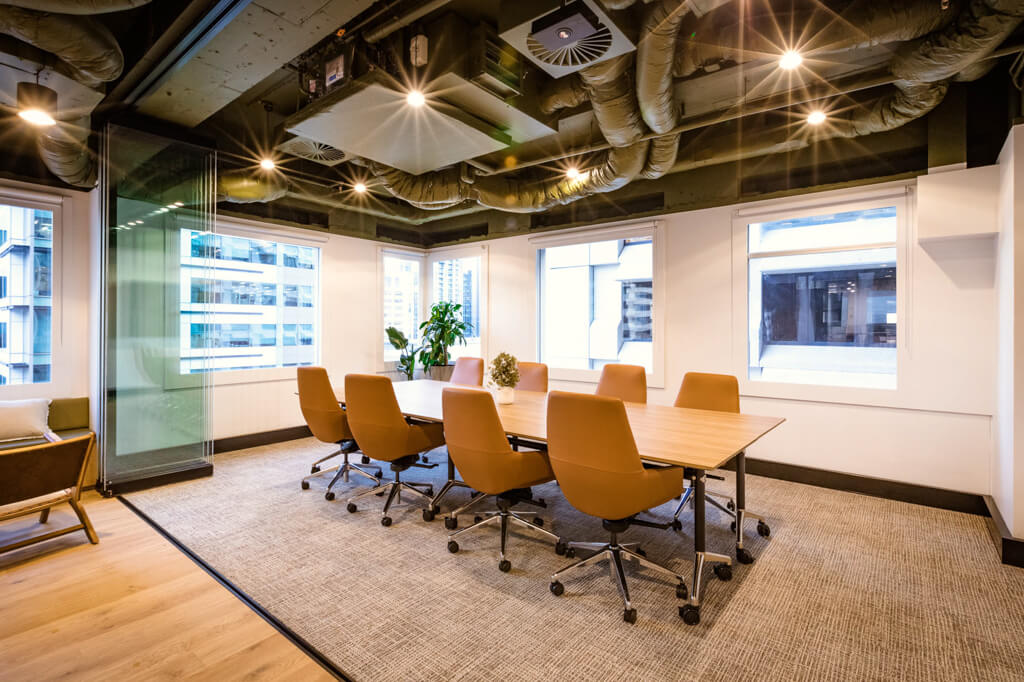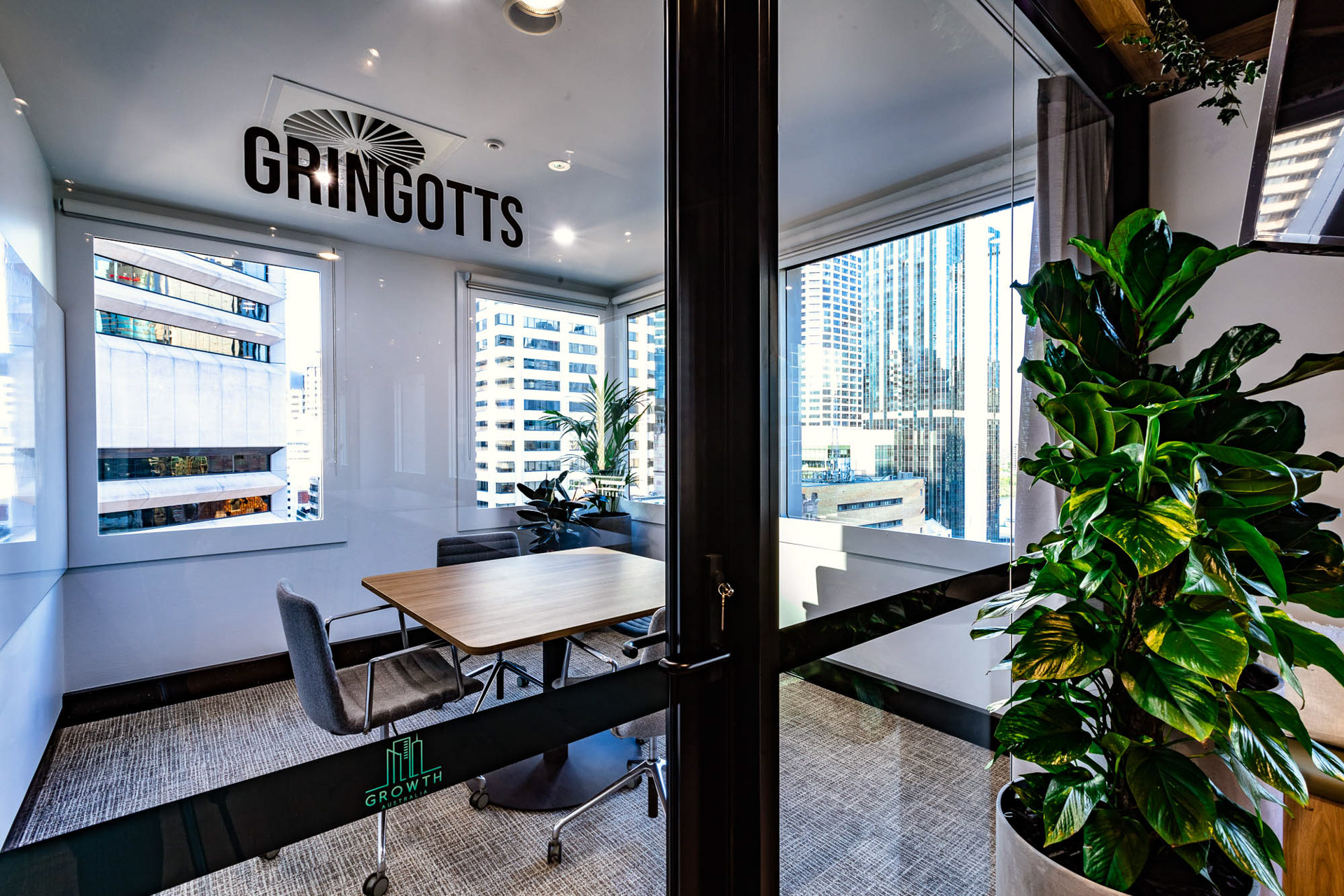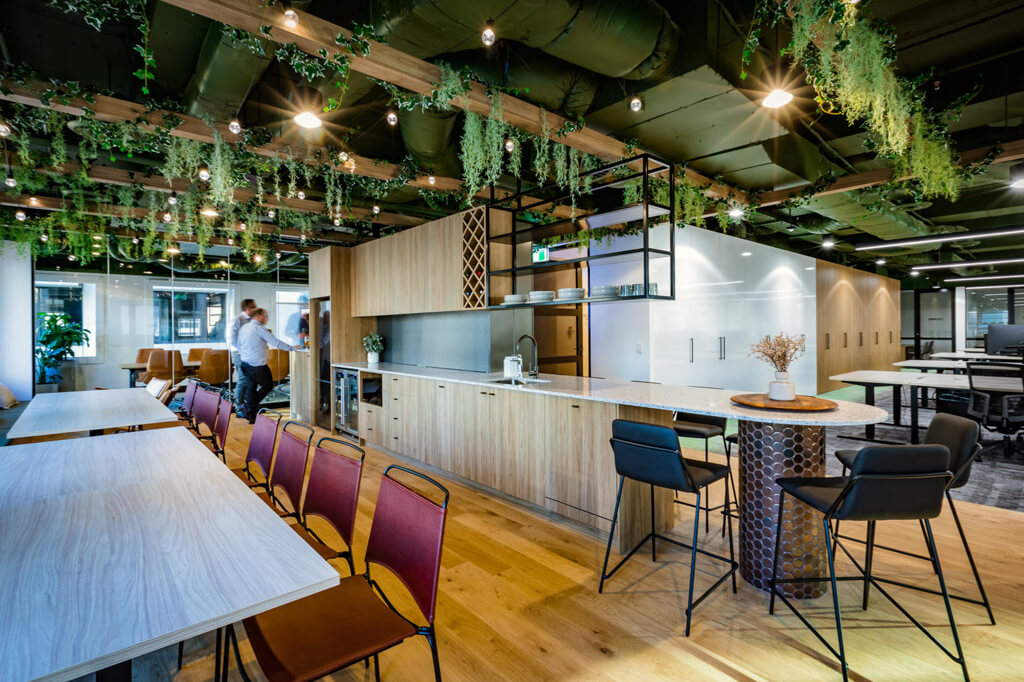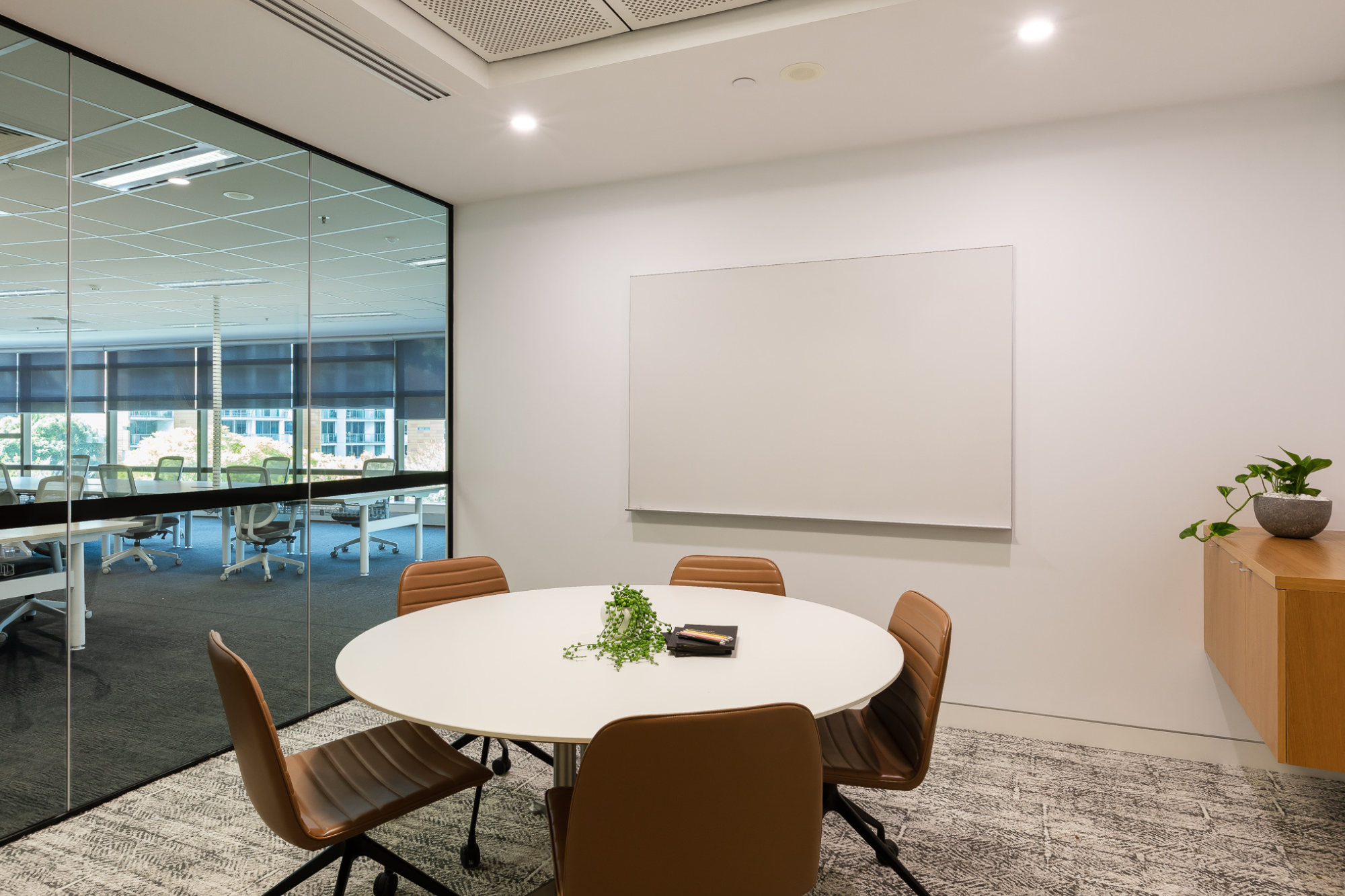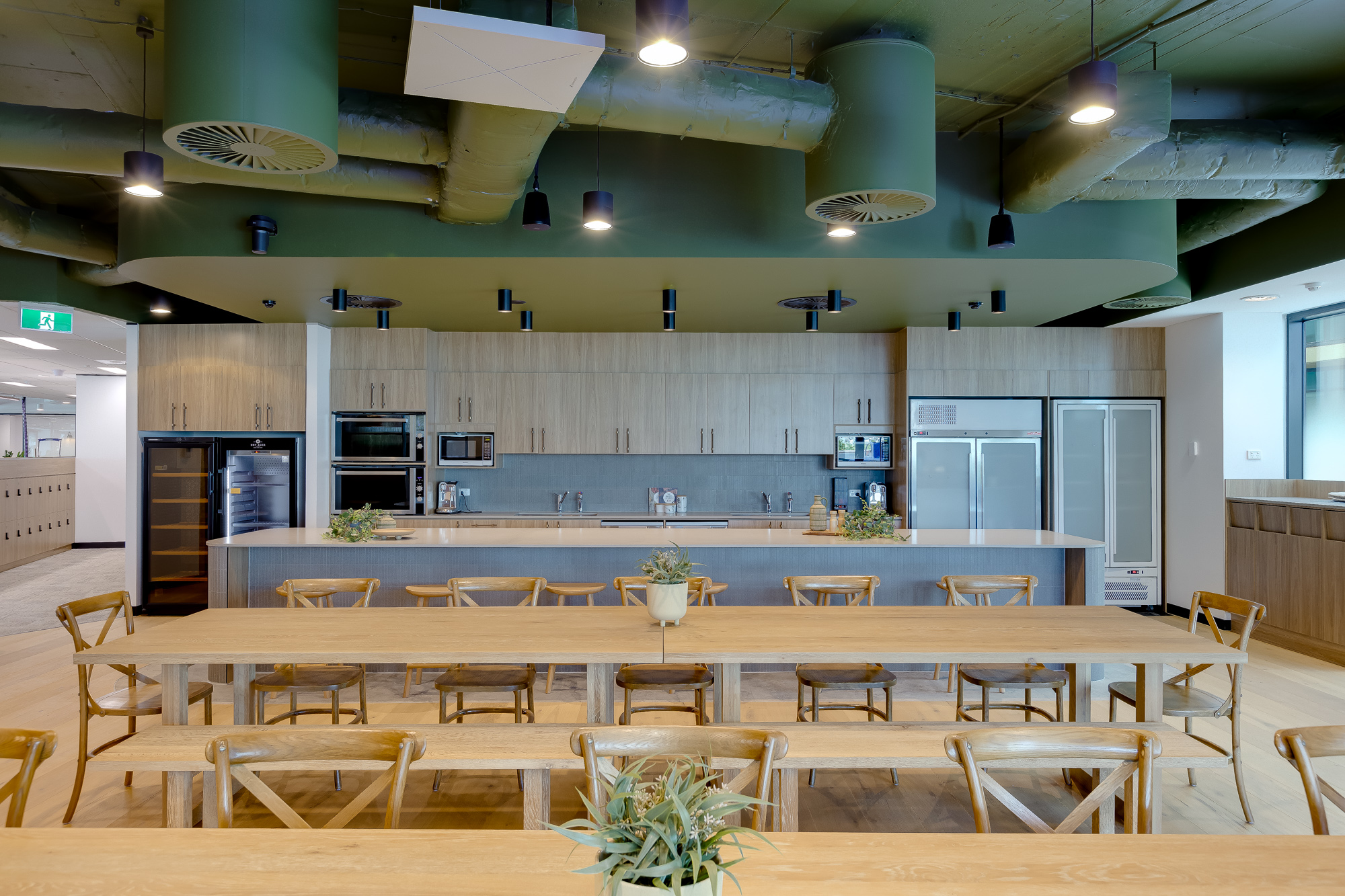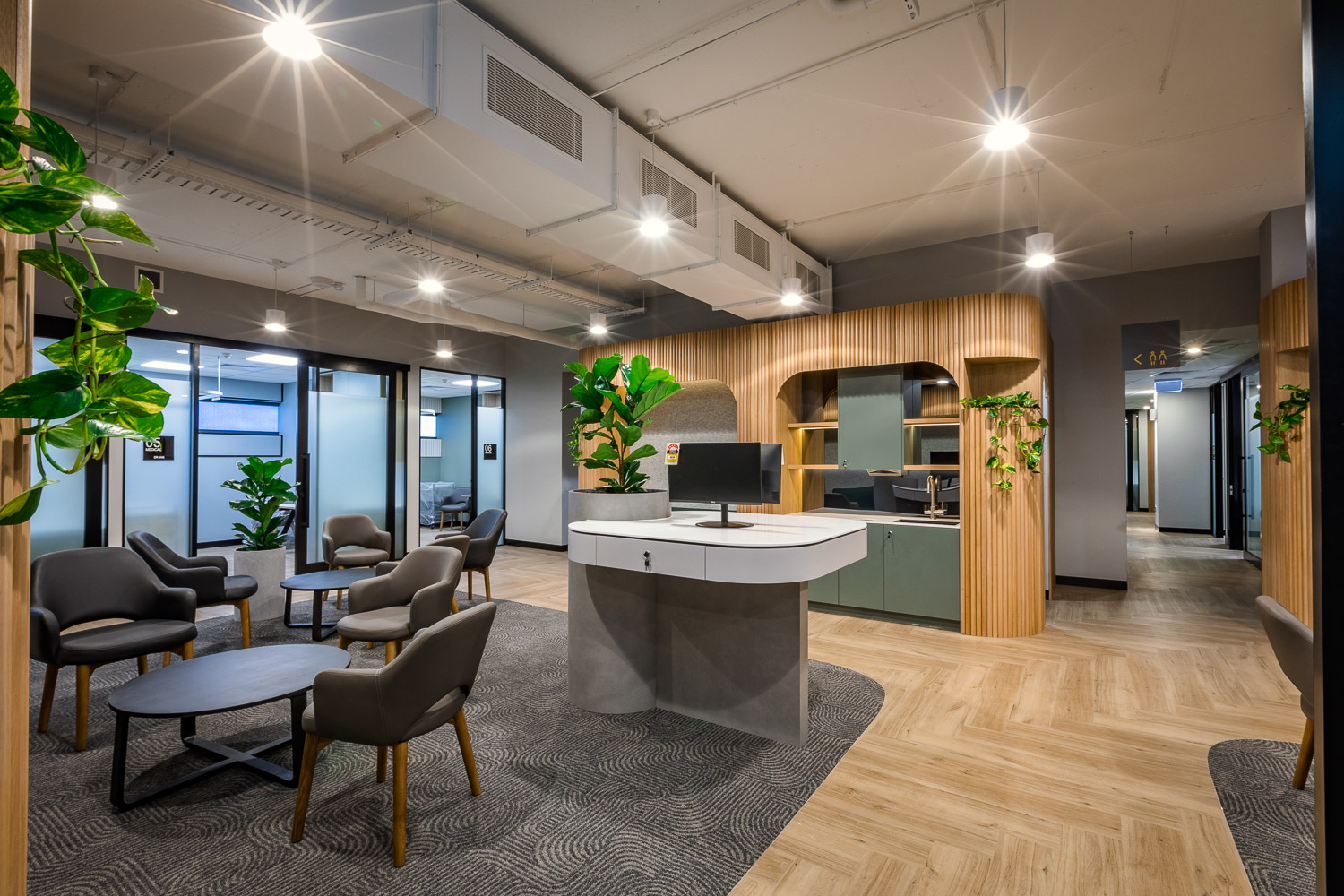
As businesses continue to prioritise sustainability and social responsibility, designing an office fit-out with Environmental, Social, and Governance (ESG) in mind has become increasingly important.
ESG has gained traction among business owners who have realised its potential to create long-term value, with workplace design evolving as a significant platform for businesses to showcase their ESG commitments.
Companies that prioritise ESG policies are likely to experience benefits such as increased customer loyalty, higher employee productivity and retention, and improved financial performance.
So how can businesses utilise workplace design to strengthen their ESG plans?
Environmental Sustainability
One of the key considerations when designing an ESG-friendly office is environmental sustainability. This involves minimising the environmental impact of the office space by reducing energy consumption, waste, and carbon emissions.
You can achieve this by –
- Using eco-friendly materials:
Choose materials that are sustainable, recycled, and have a low carbon footprint. This includes materials like bamboo, cork, and recycled plastic. - Energy-efficient lighting:
Use LED lighting that is energy-efficient and lasts longer than traditional lighting. Utilise natural lighting to reduce energy consumption during the day. - Reducing waste:
Encourage employees to recycle and reuse materials by installing recycling bins throughout the office and providing training on proper disposal of waste. - Reducing water consumption:
Install low-flow faucets, toilets, and showerheads to reduce water usage.


Social Responsibility
Social Responsibility involves creating a workspace that supports the health and well-being of employees, as well as the wider community.
Social responsibility can be achieved through –
- Creating a healthy workspace:
Ensure that the office space is designed with proper ventilation, natural lighting, and non-toxic materials to promote a healthy and comfortable work environment. - Encouraging employee well-being:
Provide employees with opportunities to take breaks, exercise, and practice mindfulness throughout the workday. - Community engagement:
Engage with the local community by supporting local charities and businesses. Provide opportunities for employees to volunteer and give back to the community.
Ethical Governance
The final aspect of an ESG-friendly office space is ethical governance which involves implementing policies and practices that promote transparency, accountability, and ethical decision-making.
Some ways to achieve this are through –
- Developing policies that support diversity, inclusion, and equality in the workplace.
- Implementing ethical decision-making processes that prioritise sustainability, social responsibility, and the well-being of employees and the wider community.
- Ensuring transparency in decision-making and reporting by regularly communicating with stakeholders about the company’s ESG practices.
75% of the workforce are looking for socially responsible employers
ESG is becoming increasingly important in shaping workplace design for the future. Growth Workplace Design has prioritised its understanding of ESG factors and its implication to long term sustainability in the office environment and can work with your team to implement these practices in your workplace.



